Educators and those working with young people are now understanding that we cannot view incidences of gender-based violence as ‘one-off’ situations which exist in isolation to, or solely at the extremities of, our communities. The sheer rate of these incidents leads us to believe they are firmly rooted in our culture.
Any preventative efforts must focus on exposing, understanding and challenging the root of this violence in our communities. Everything from socially ingrained gendered attitudes like misogyny, slut-shaming and victim-blaming, to the messages young people are receiving every day from social media and pop culture, must be addressed.
But how do we intentionally create spaces for critical conversation about a culture of gender-based violence that leads to behaviour change?
At Bold Voices we have specialised in curating these very spaces within over 200 educational settings across the UK, and engaged with over 100,000 young people, staff and parents.
Here are some key lessons we have learned.
Being intentional about space:
When we deliver classroom workshops, we want to change the dynamics that often dictate engagement such as social hierarchies, relationship with the teacher, worries about being judged for your experiences and losing social face. So we change the layout to reflect the type of atmosphere we want to create.
Pupils sit around tables in small groups all facing one another, so they can see and hear everyone on the table, creating a more intimate and inclusive environment.
We ensure space between tables so young people don’t feel like they are being listened to outside of that group, which encourages authenticity because body language is easier to see and read when there is space around each person.
We allow young people to sit in small groups of their choosing, allowing for their natural micro-cultures to arise. Any learning is then far more likely to be sustainable. Critical reflection and conversations are more likely to continue if started in groups that spend time together, and commitment to change is more likely to be taken more seriously.
Being intentional about time:
We usually find the best time to hold educational conversations is not in response to a specific incident within the group of students. This education should not be a reactive measure, it is preventative.
It is best to avoid times where young people are feeling particularly defensive or angry about a situation as critical thinking and self-reflection are much less likely to occur if these are the immediate emotional responses.
Instead, find a way to have these conversations regularly, and use stimuli and case studies to help create distance from specific incidents.
Being intentional about framing:
Why are we talking about this topic? To cultivate a shared awareness of and responsibility for this culture. Gender inequality and gender-based violence negatively impacts all of us.
We also all play a part in reinforcing it, even when this isn’t intentional, and so we must all play a part in challenging it.
This is not about shunning young men and identifying them as ‘the problem’ – this is about understanding the culture leading to a repeated pattern where males are more likely to harm themselves and others. It is a culture that we all play a part in reinforcing.
Are we setting up a debate?
We encourage conversations rather than debates. We all have a different experience with this culture so instead of trying to decide who is right/wrong or worse/better off, it can be more beneficial to understand how our experiences and frustrations are connected.
Practise this using the “yes… and” model of conversation participation, where contributing to the conversation is about adding your own detail (even if contradictory) to the bigger picture, rather than disputing the experience of others.
The ‘call in’ approach to challenging:
A core facilitation principle, the ‘call in’, can be described as using instances of potentially harmful language or attitudes as opportunities to kindly but critically reflect and learn. It is led by open questions which make no assumption about the intention of the individual and do not attempt to ‘prove them wrong’. Instead, these questions are about genuinely learning what they were trying to communicate and why.
It is an approach that changes the stakes of self-reflection and makes being challenged less a question of character, but more a chance to question the ‘culture’.
For resources to use in the classroom, see Bold Voices
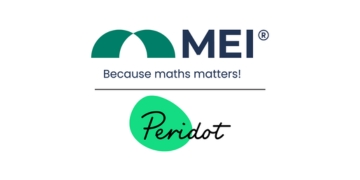





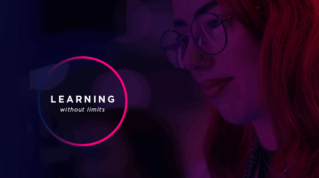
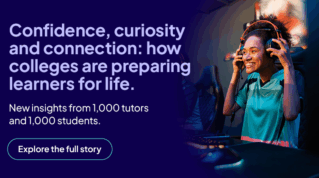


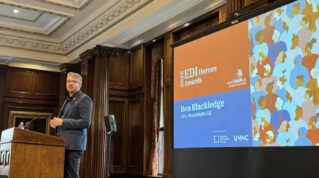



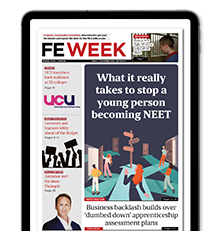
Your thoughts